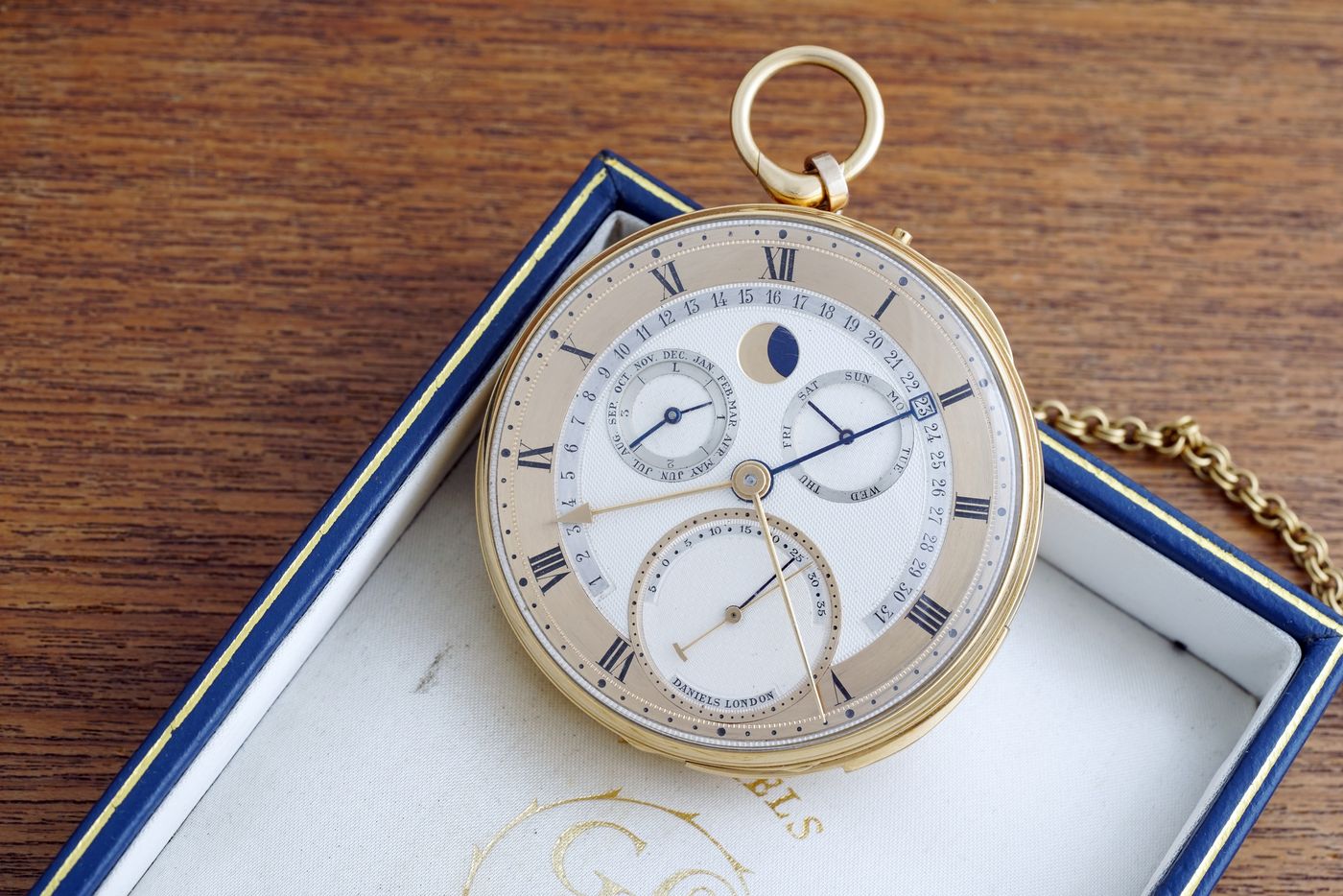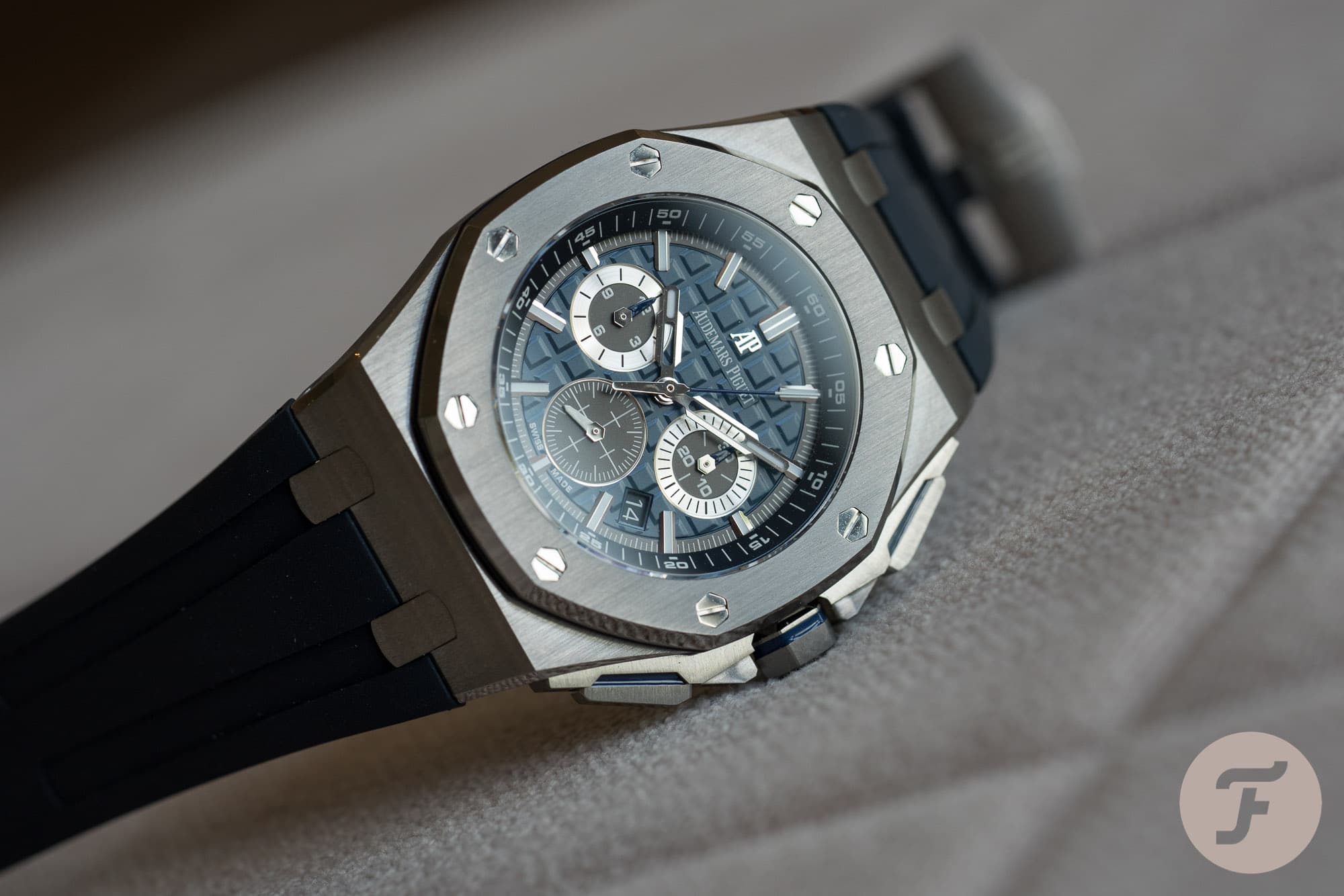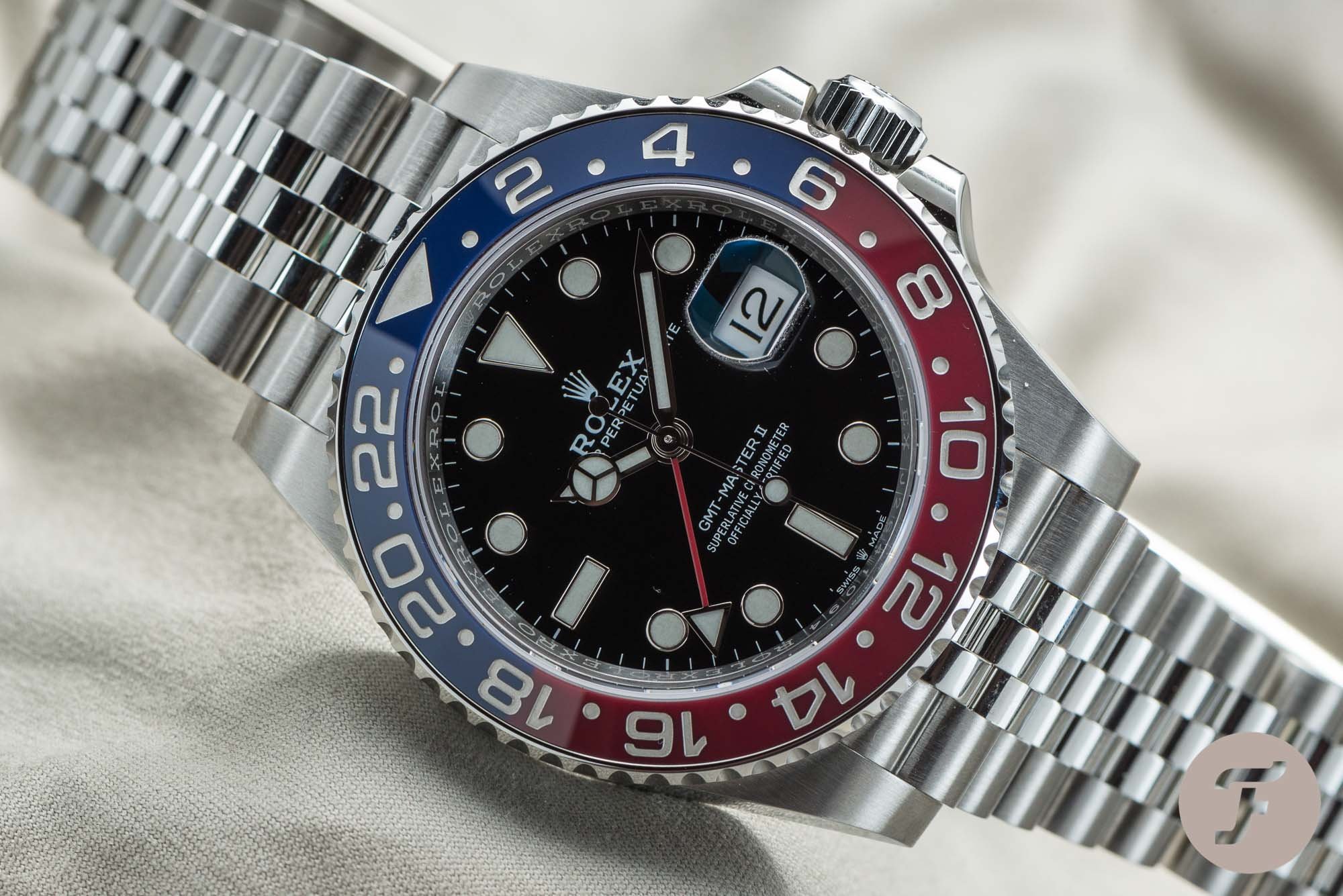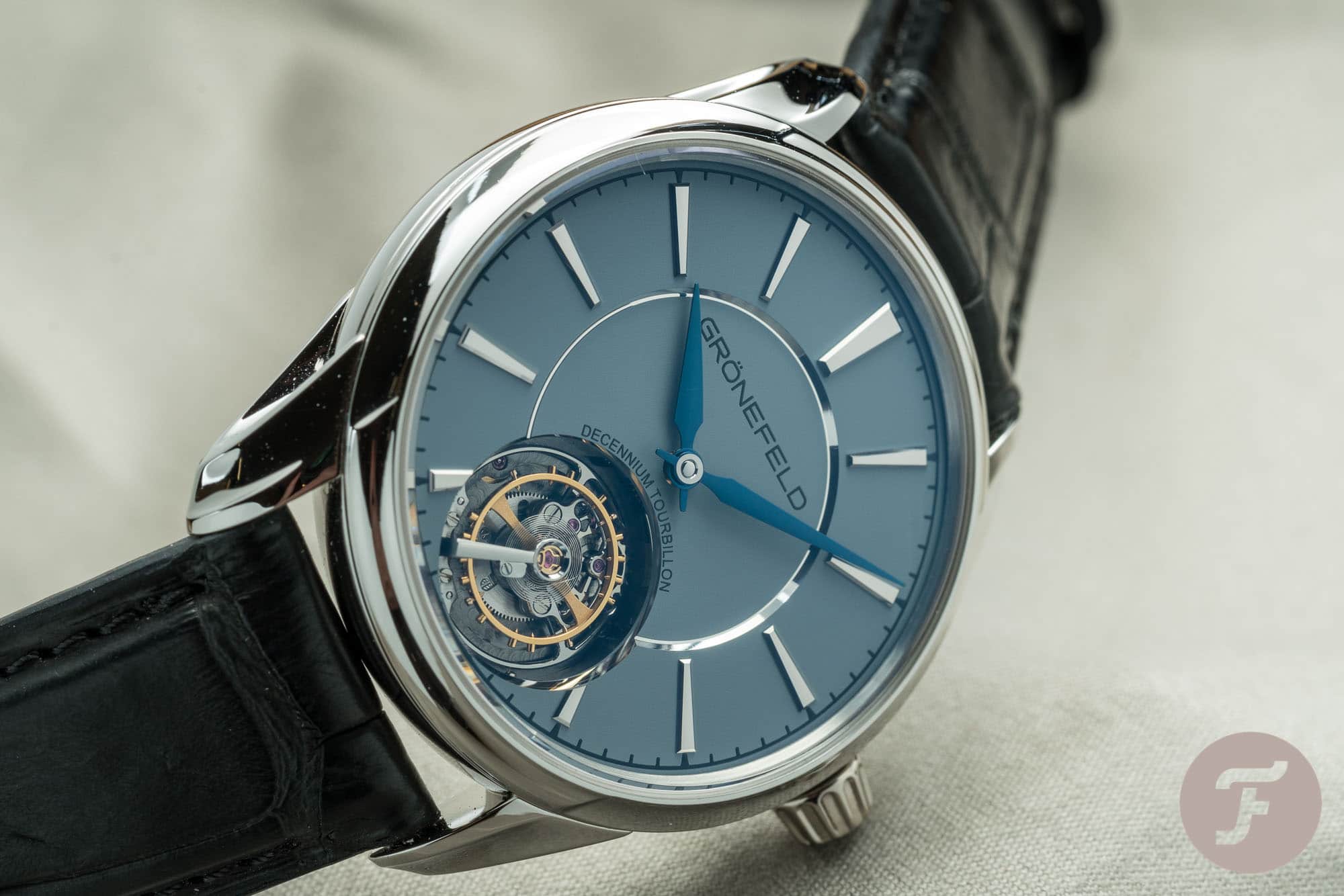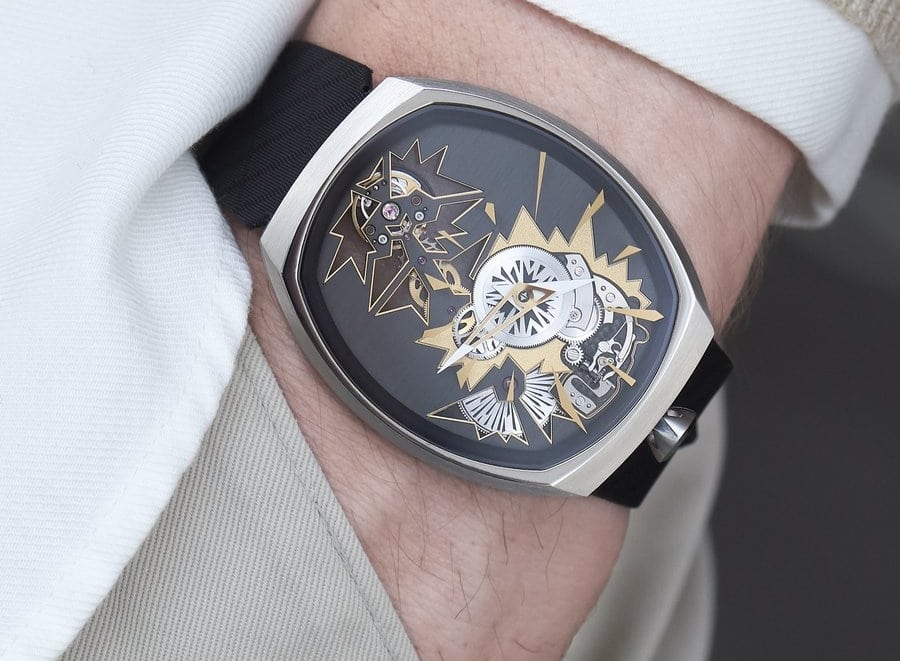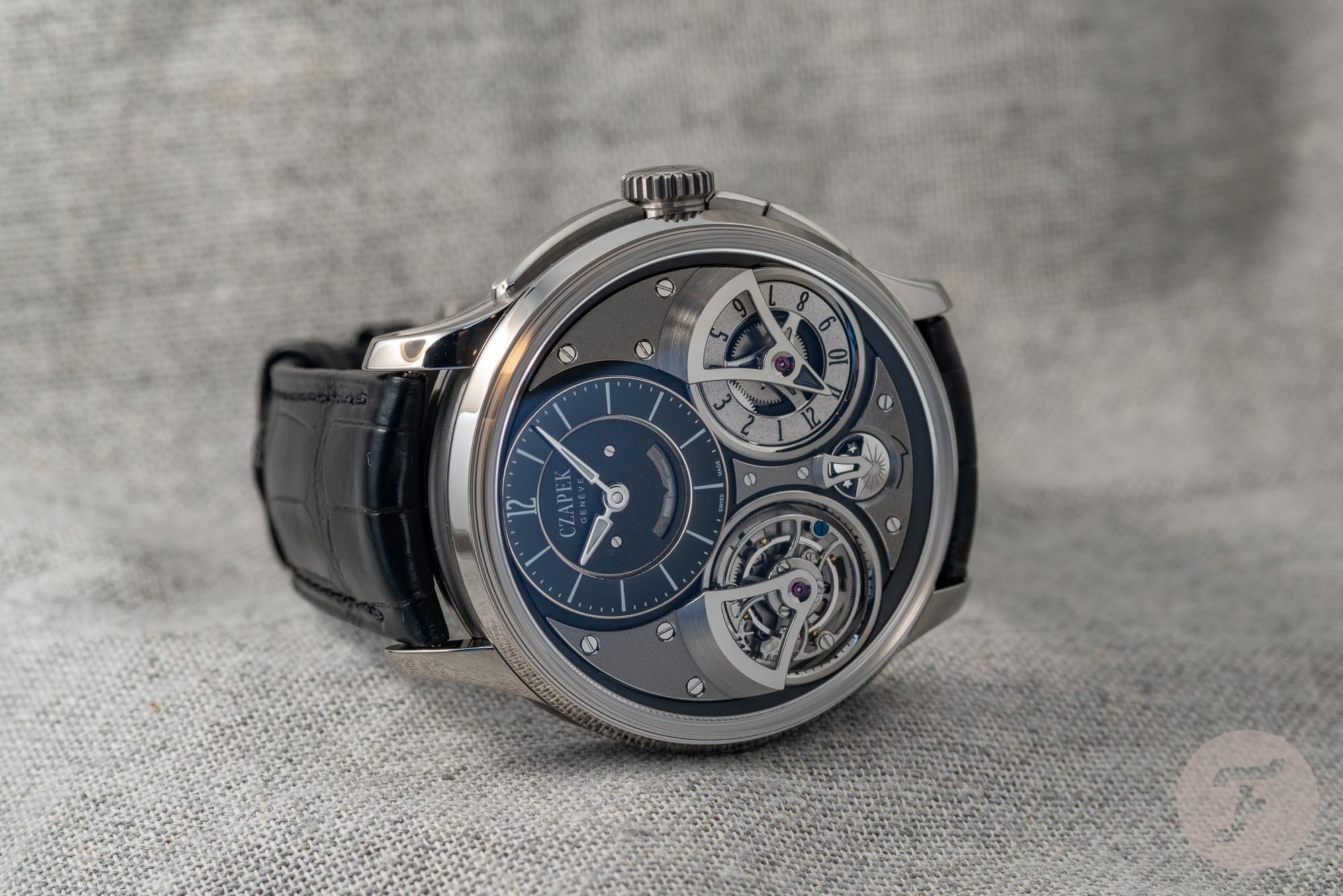The Million Dollar Question: Resale Value of the Independents
Buying watches is never a “Get Rich Quick” scheme. It’s a hobby. Most importantly, it’s fun. To some, it turns into a passion. What starts as a small thing will eventually lead you down the rabbit hole. Sometimes, all-consuming.
When this happens, and you find yourself a slave to the beast, what do you do? Research, research, research. And with research comes a little knowledge, and with that, a little power to make an intelligent decision. But as the adage goes, a little knowledge is a dangerous thing. It can trick you into thinking you have the inside track, and that you, above all others, will make a killing while your peers choke on your dust.
Resale Value of the Independents
It certainly helps drum up the dream when you hear about real-world examples such as the most beautiful works of George Daniels and Patek Philippe, both legends of the independents. It is almost guaranteed that every time the Patek Philippe Henry Graves Jr. Supercomplication hits the market; the price is going to leap up. It made waves when it went under the hammer for $11,000,000 at a Sotheby’s auction in 1999, only to sell for more than double that at the same auction house in 2014.
George Daniels
Similarly, in the news highlights recently was the George Daniels Grand Complication that topped the lots during the Phillips May 11-12 sales in Geneva. The masterpiece sold for 2,420,000 Swiss francs, more than doubling in price after just seven years when it was auctioned off following his death in 2012 for around 1,175,000 Swiss francs as part of Daniels estate.
Acquiring the rare and highly desirable gems requires a deep pocket
Alas, the idea that watches are a good investment, because they make sensational headlines, or because they were in the old days, is a bit flawed. Some would say laughable, so you know I’m holding back my inner bitch here. I have illustrated it before (here) with the use of the Pareto Principle, as in the 80/20 rule or the law of the vital few, and views from those in the know.
And so the answer to the million dollar question may well be a million dollars, to begin with. Acquiring the rare and highly desirable gems requires a deep pocket, as they are often stupendously expensive, way into the five-, but mostly rather a six-figure range. Even so, getting your hands on these artefacts is the tough part. Reselling them is relatively easy as the ultra-rich will always jump at the chance to own something truly incredible that no one else can own.
Transparency
What about those at the more accessible levels? Rational buyers tend to concern where they part with their hard-earned cash, so they need reassurance if a watch holds its value in the long term. Resale prices are increasingly more out in the open from auctions, secondhand marketplaces, watch stores or sites with trade-in services, to your dealers. Even prestigious independent brands like Audemars Piguet, F.P. Journe, and MB&F have started certifying their preowned watches to offer official secondary market prices.
With such transparency, now every Tom, Dick, and Harry is squirrelling away box-fresh examples of future collector’s items. Safe options may seem to offer good stores of value. But they don’t make you stand out. There is undoubtedly no guarantee something popular will sell for a good price just because a lot of them are on the market for sale. Ubiquity doesn’t result in desirability — quite the opposite. So while everyone else is busting a gut to get their hands on a Rolex GMT Master II Batman or with a Pepsi bezel, you might well be sitting there wondering how you can separate yourself from the pack. Well, quite appropriately, the answer may lie with the independents.
….without a marketing machine behind it, pumping massive communication or influencer budgets to feed the hype.
Remember that Joker? A seemingly fun watch with all the serious horological credentials which charmed the collectors’ market barely two years ago amidst the doom and gloom. Back when it was available, it retailed for €6,990 or $7,550. It was a limited series of just 99 pieces created by Russian independent watchmaker Konstantin Chaykin, who also served as the President of Académie Horlogère des Créateurs Indépendants (AHCI) in 2017 and 2018. A quick search on Chrono24, the Konstantin Chaykin Joker watches are listed from $13,000 to $18,000 at the time of writing. When was the last time you saw an appreciation at this rate from any brand, significant or small, other than the usual suspects from Rolex and Omega? And here we are talking about a niche independent without a marketing machine behind it, pumping massive communication or influencer budgets to feed the hype.
Pyramid
The independents are a wild and varied bunch. You certainly don’t see a lot of them on the open market because buyers know they buy for the love of them and don’t always care to resell, or they go through private channels. While we’d need an awfully wide brush to cover the collectibility and resale potential of all independents in one stroke, the theories behind post-purchase price performance are pretty easy to grasp, even if there are a lot of them. I often use a pyramid to paint a better picture for the uninitiated.
At the bottom base, there are thousands of tiny little watch design houses. They outsource everything to manufacturers in (mostly) Asia, plop a Swiss-made movement inside and sell high volume at low prices, cutting out the retailer model and passing those savings on to a rabid microbrand audience. The entry-level brands in the independent market, are effectively penny stocks – low-cost investments almost certain to lose monetary value the second you strap them onto your wrist (although I’d wager they guarantee some serious emotional gains). Every so often, though, you find a brand that catches fire. Then you could find yourself sitting on some pretty hot property. At least for a little while…
Rising to the top of the pyramid, there are the true artisans, the craftsmen and women, the geniuses that don’t just tread water, but put thrash against the tide to change the contemporary current for all. The sector of the market that is unabashedly committed to excellence. At the high end of independent watchmaking, we’re not talking about a gamble in the same way. This is patronage, investing in genuine works of art, often unique in design as well as execution. These rare things hardly pass from wrist to wrist but carve legends for themselves as they skip from safe to safe.
Emotion, Provenance, Rarity
So where’s the value in this hodgepodge of bright sparks and luminaries?
There are a few pointers. To begin with, you must look at a timepiece and know, in your heart, that you are buying a piece of watchmaking art, and not a consumer product. As with the mainstream brands, wearability, versatility, desirability and longevity are essential. The watch has to appeal to you and reflect your self-image first and foremost. When it hits you like love at first sight, the emotional value is priceless.
Don’t be fooled; it doesn’t have to be Swiss!
Emotions drive intentions, that may lead to buying decisions. When you see a watch that ‘speaks’ to you and charts a remarkable time or public mood, you know it will bring meaning into historical value, as we can hold on to those emotions. Mainstream brands do this well. Less so with the independents. I’d watch out for the ones who get it right.
Then comes provenance. Don’t be fooled; it doesn’t have to be Swiss! High watchmaking (Haute Horlogerie) exists in Britain, Germany, France, the Netherlands, Japan, and even (gasp!) China. Where brands produce is less important than what, with whom, and how they produce. One of the great things about the reputed independents is integrity. Respectable watchmakers know the code and will be open if you ask the questions. If someone is not transparent, you can forget it.
Rarity is a given. This is one huge value-add that we don’t talk enough! Scarcity is a matter of course with artisan watchmakers, due to the nature of how they produce. It’s not a manipulation to create desirability. Mainstream products talk about limited editions in their thousands, independents make them in tens, or hundreds maximum. Economies of scale don’t apply. That’s when you know the value is intrinsic.
Between the top and the bottom of the pyramid, the value builders are watchmakers who stand for horological and artistic significance. What do they represent? Do they have a compelling purpose to exist (not just stories created from marketing schemes)? Are they clocking up accolades and recognition? Trust me; it’s not that hard to decipher. The ones that my team and I care about are the pedigrees who may or may not be in the limelight. So we have already done the hard work of separating the wheat from the chaff for you.
A Love Affair
An endearing fact about the independents is, there are real people behind their watches, and you can talk to the creators. They are only too willing to tell you why they create what they create, what it means to their craft, and how they add value. Fiona Krüger is a good example. She is consciously embedding elements that will one day mean something to increase the value of her timepieces. I know because I asked! So can you.
Another example is Czapek, having won the GPHG public prize in 2016, their first year of launching to the market, we can say this is one brand that has nailed it right from the start. Also, pay attention to the ones that can amass a loyal following. It doesn’t have to be a big following, but a vocal one, then you could be on to a winner.
Of course, going for the independents is often a love affair. You buy with your heart, not with your head. That said, let me repeat what I’ve recently told a collector who owns a few indie watches: I predict independents will soon come to the fore, like what has happened in music, fashion, street art, and even gourmet coffee. The trend has been brewing in the industry, at major watch fairs, by the media, and is already picked up by auction houses. There are signs that it will ride the wave to the consumer markets in the foreseeable future. So it may be wise not to dismiss their long-term resale potential.

